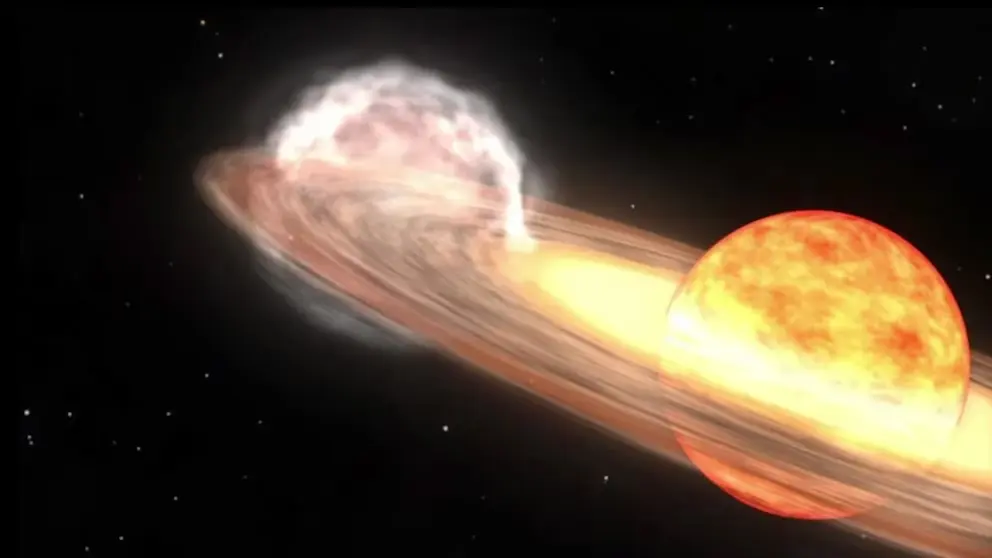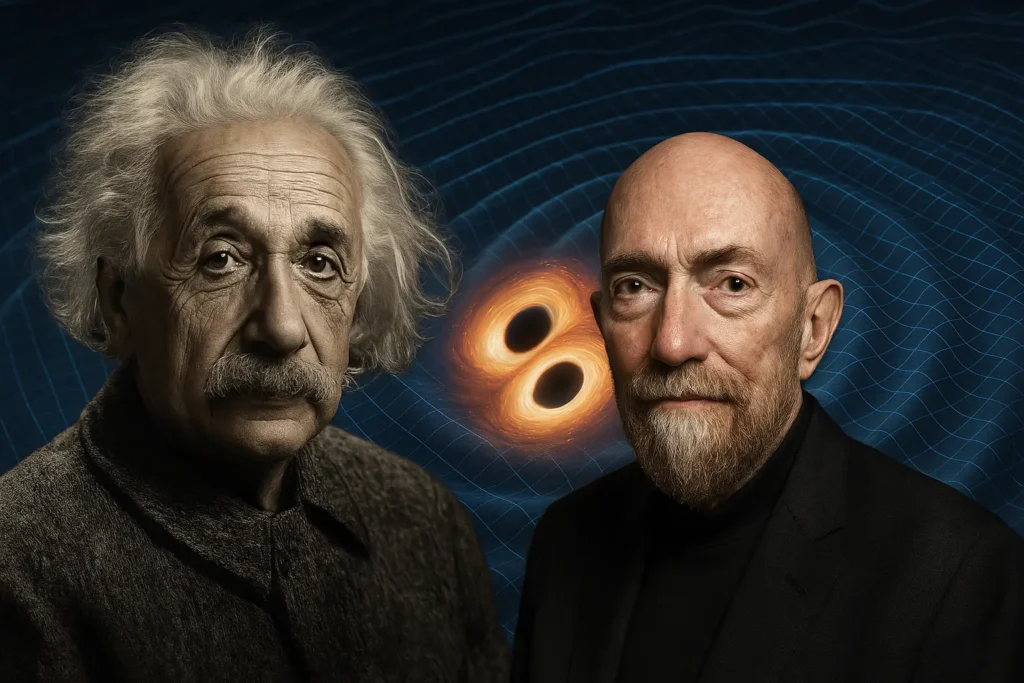On March 29, 2025, a partial solar eclipse will be visible across various parts of the Northern Hemisphere, providing an exciting opportunity for astronomers and skywatchers alike. This celestial event occurs when the Moon passes between the Earth and the Sun, partially obscuring the Sun’s light. To fully appreciate this event, it is essential to understand the mechanics of solar eclipses and their significance.
The Science Behind Solar Eclipses
A solar eclipse takes place when the Moon aligns directly between the Earth and the Sun, casting a shadow on Earth and temporarily blocking sunlight. The occurrence of an eclipse depends on the Moon’s position in its orbit and its alignment with the Sun and Earth. Solar eclipses can be categorized into three main types:
- Total Solar Eclipse: This occurs when the Moon completely covers the Sun, momentarily turning day into night for observers in the path of totality.
- Partial Solar Eclipse: In this case, only a portion of the Sun is obscured, creating a crescent-shaped appearance.
- Annular Solar Eclipse: This occurs when the Moon is slightly farther from Earth and does not completely cover the Sun, resulting in a bright ring of sunlight known as the “ring of fire.”
The frequency of solar eclipses is determined by the Moon’s orbit and the inclination of its path relative to the Earth’s orbit around the Sun. These events only occur during the new moon phase when the Sun, Moon, and Earth are perfectly aligned.
The March 29, 2025 Partial Solar Eclipse
The partial solar eclipse of March 29, 2025, will be visible across regions including northeastern North America, Greenland, Iceland, parts of Europe, and northwestern Russia. Observers in these locations will witness a portion of the Sun covered by the Moon, creating a stunning celestial display.
In Milan, Italy, for example, the eclipse will begin at approximately 11:32 AM Central European Time (CET), reach its maximum at around 12:41 PM CET, and conclude by 1:54 PM CET. At its peak, a substantial fraction of the Sun will be obscured, offering a striking view for those equipped with proper eye protection.
Safety Measures for Observing a Solar Eclipse
Viewing a solar eclipse without adequate eye protection can cause severe eye damage. It is crucial to use ISO 12312-2 certified eclipse glasses to safely observe the event. Additionally, indirect viewing methods such as pinhole projectors can provide a safe alternative for experiencing the eclipse without directly looking at the Sun. Regular sunglasses, no matter how dark, do not provide sufficient protection and should not be used for eclipse viewing.
The Broader Significance of Solar Eclipses
Throughout history, solar eclipses have held great cultural, scientific, and astronomical significance. Ancient civilizations often interpreted them as omens, while modern astronomy utilizes them to study the Sun’s corona—the outermost layer of the Sun’s atmosphere, which is only visible during a total eclipse.
In contemporary times, solar eclipses continue to provide valuable research opportunities for astronomers studying solar activity, planetary motion, and atmospheric interactions. Additionally, they inspire curiosity and wonder, drawing millions of people worldwide to witness these remarkable celestial events.
Conclusion
The partial solar eclipse on March 29, 2025, will serve as a reminder of the dynamic and ever-changing nature of our solar system. As with any astronomical event, careful planning and safety precautions will ensure an optimal viewing experience. Whether observed for scientific inquiry or personal fascination, this eclipse is an extraordinary opportunity to witness one of nature’s most captivating phenomena.


